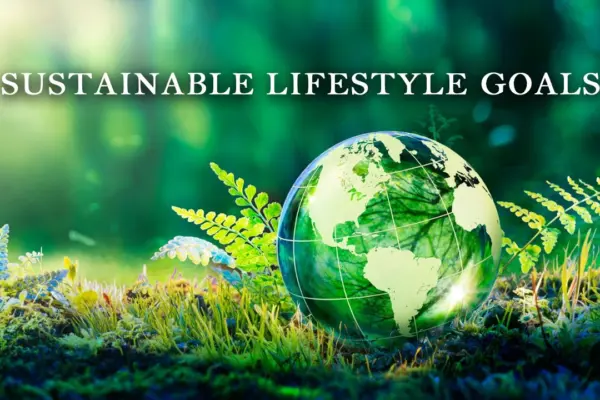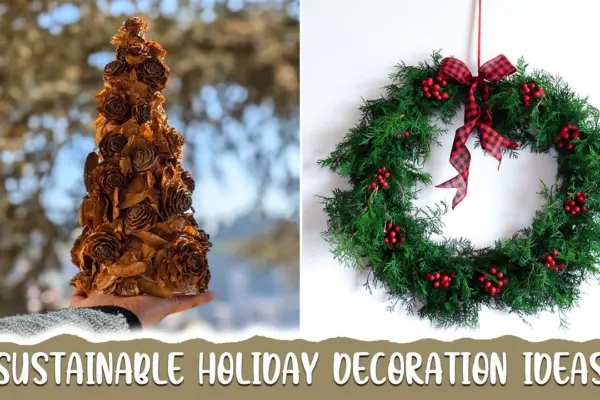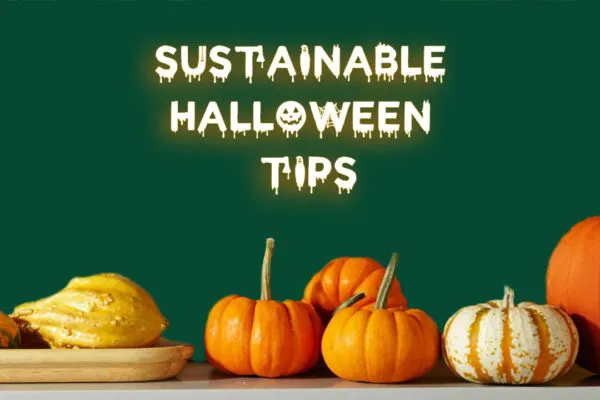5 Ways to Live More Sustainably When You Have Kids
Reduce entire family's environmental footprint with green habits
Living sustainably isn’t just a lifestyle choice — it’s a vital part of preserving the planet. Combating climate change can be challenging enough for one person to worry about, but having kids can increase your household’s waste production. Here are five green habits you can incorporate into your family, especially with kids, for a sustainable life and to reduce your environmental impact.
Make Your Home Energy Efficient
When you have a big family, you may be shocked by how much your bills can be. With parents working from home, kids watching TV or playing video games, and several rooms to heat or cool, electric bills can skyrocket.
Making your home more energy efficient not only helps your wallet but also helps the environment. Teach your kids to make a habit of turning off lights and unplugging devices that aren’t in use. You can also use smart home systems that allow you to turn off lights from your phone if your kids tend to forget.
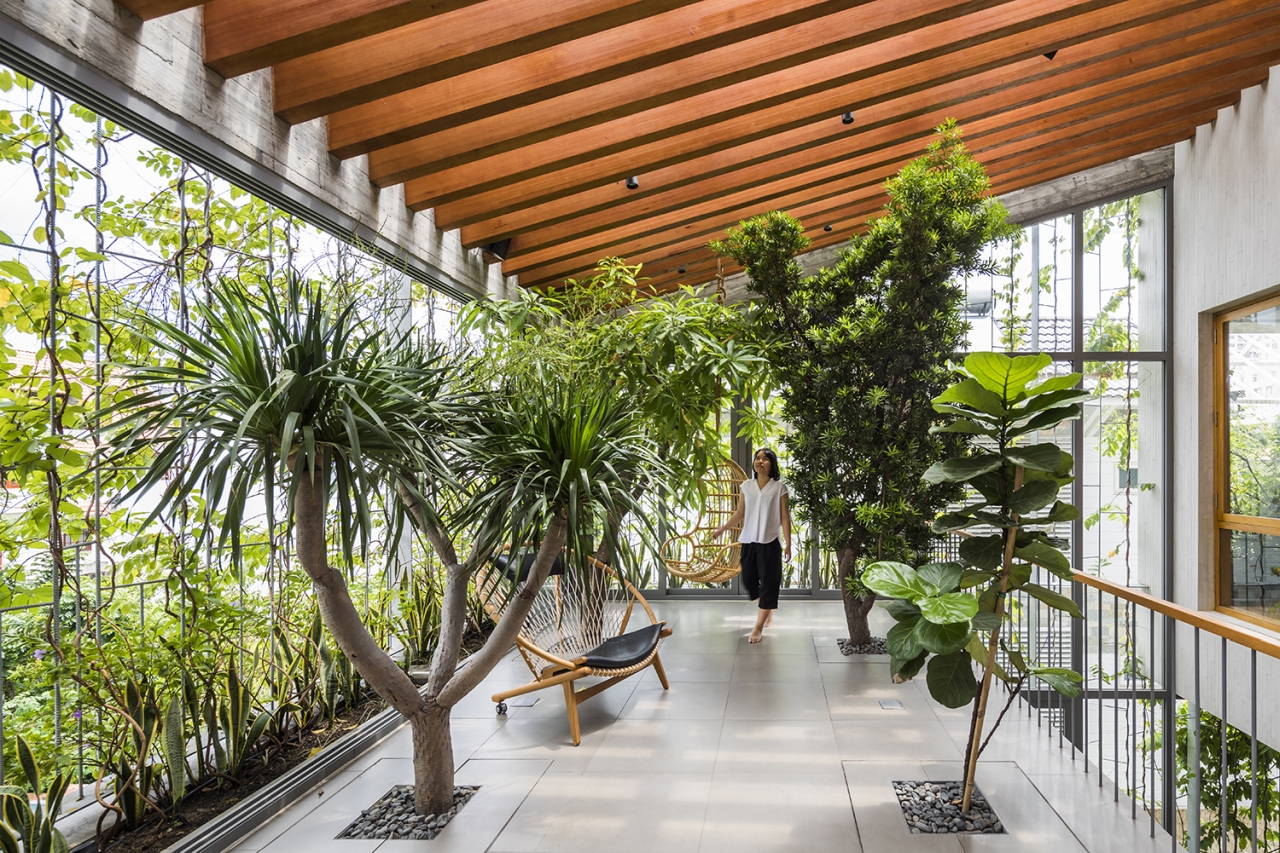
Image: Hirouyki Oki
Heat usage can also be a problem for families with big or old houses. The average home loses around 25-30% of its total heat usage. You can reduce this loss by weatherstripping windows and doors so you don’t need to constantly turn up the heat. Installing renewable energy sources is also a great way to make your home energy efficient.
Thrift Clothes and Toys
There’s a common misconception that thrifted items are “dirty” or of worse quality than new options. While you should look over any used items you want to purchase for your family, you can often find unique items that save money and the planet. Buying secondhand clothing, shoes or toys brings new life to an item that would otherwise end up in a landfill. You also won’t contribute to as many emissions.
The culture around thrifting is changing for the better. With ridiculously high clothing prices, it’s as much of a relief to your wallet as it is to the atmosphere. Many kids old enough to realize you’re thrifting are more fine with you doing so than previous generations might have been.
Make a day of it, taking your kids to different thrift stores and letting them pick out treasures. It can teach them how to reuse items when someone else finishes using them, what happens when they donate their items, and the value of a dollar.
Also Read: 5 Ways to Embrace Eco-Minimalist Lifestyle for Saving the Planet
Create a Garden
When you buy produce at a chain supermarket, they’ve often traveled hundreds or thousands of miles to get there. Eating store-bought food isn’t wrong, but homegrown options are fresher, cheaper, and often more nutritious. Not to mention consuming locally-grown food with reduce the transportation emissions of the said produce.
Gardening is an excellent way to teach kids about food production and you can enjoy the fruits of your labor. Participating in growing and preparing food can help kids overcome pickiness and help them be more interested in the foods they eat.
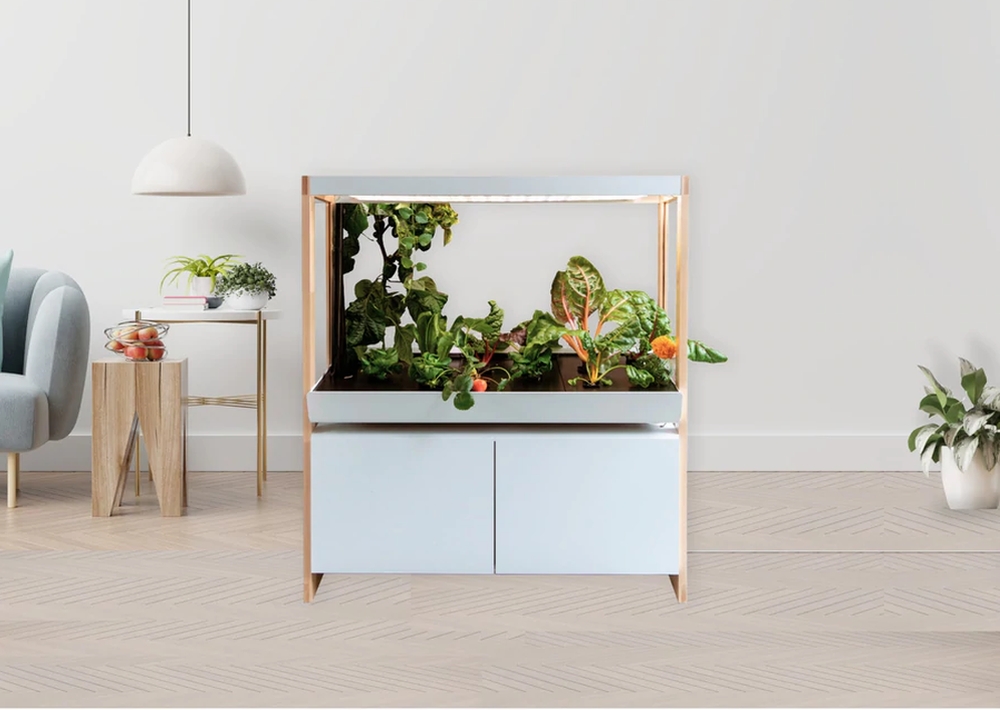
Image: Rise Gardens
Depending on your climate and land, you can create an in-ground garden or use a raised bed. Involve your kids in planning by building your garden beds and letting them decorate them with plant-safe paints. They can plant seeds, add fertilizer, and water them. Once ready for harvesting, each family member can take turns choosing what vegetables to incorporate into meals.
Use Reusable Packaging
School lunches and on-the-go snacks are major causes of single-use plastics entering landfills. From granola bars to yogurt containers, convenience often trumps eco-friendliness. However, there are reusable packaging options that allow you to limit the trash that comes from a single meal.
Beeswax wraps are an excellent alternative to plastic bags for sandwiches or produce. You could also purchase washable glass containers to divide a large bag of chips or pretzels into. Buying a full-size option often means using less packaging than getting a pack of single servings. Some companies are now producing compostable take-out and lunch containers you can use to create nutrient-rich soil.
Minimize Excess Toys and Games
With kids comes clutter. Living minimally while catering to your child’s development can help you minimize your carbon footprint. Pay attention to the toys and games your children outgrow or are not interested in, and talk to them about passing along things they no longer want.
Every child has things they’re attached to. Let them decide what they want to donate and what might need to stay for a while. Show a good example by donating unused items and not purchasing things impulsively.
How does this help the environment? When you take care in choosing your possessions, you won’t excessively contribute to the manufacturing of new products and reduce the number of items that eventually end up in landfills. When you don’t regularly manage clutter, it can become overwhelming. Those feelings can make it mentally easier to throw the items away instead of sorting through them.
Educating Your Kids About Sustainability
Adults often don’t give kids enough credit. While different personalities and developmental levels impact their reactions, many can understand how the planet is suffering. It’s hard to hide the smog and trash in their environment.
Explaining how sustainability helps heal the globe can plant a seed for living an environmentally-conscious life. Moreover, explaining why you make sustainable choices helps them know why you might want them to minimize your family’s waste.
